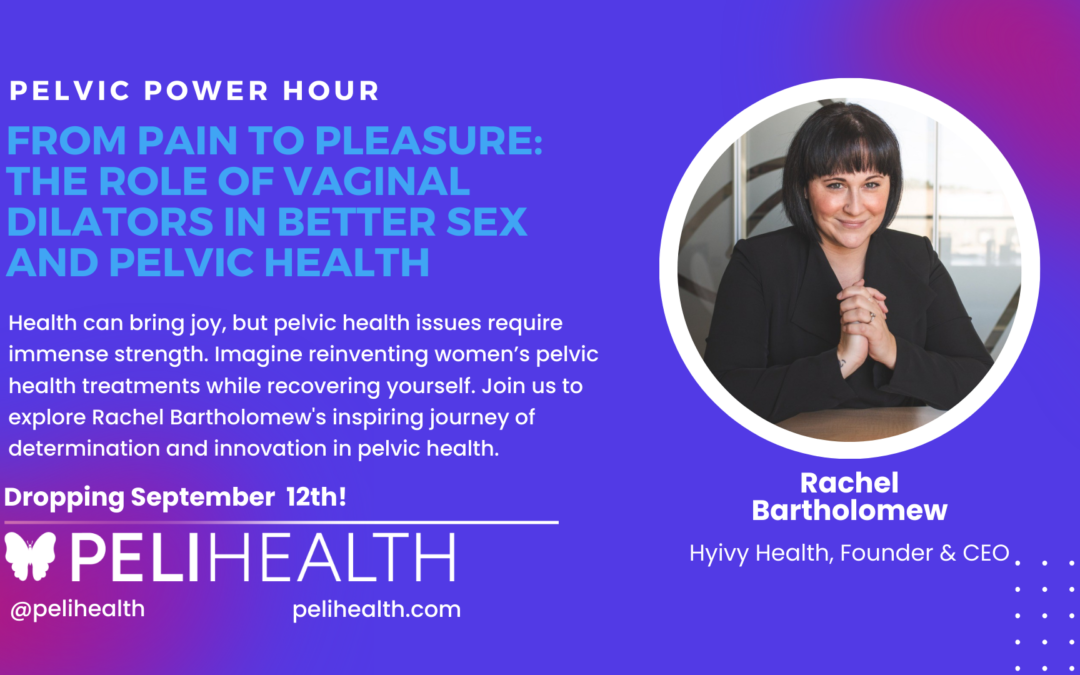The Short Story
- Bladder leakage, also known as incontinence, affects 1 in 3 women at some point in their lives.
- There are 6 different types of incontinence, stress, urge, mixed, overflow and functional.
- Causes include pregnancy and childbirth, menopause, obesity, chronic constipation, and certain medical conditions.
- Options for managing bladder leakage can include Pelvic Floor exercises (often known as Kegels), changes to your food and drink consumption, bladder training, and pelvic physical therapy.
The Deep Dive
Ever experienced that surprise dreaded sensation of an involuntary leakage of pee? Well, you’re not alone! In fact, 1 in 3 women experiences bladder leakage at some point in their lives.
Bladder leakage, also referred to as urinary incontinence is a common symptom that affects 50% of adult women, and is as commonly experienced by 4 out of every 10 women over the age of 50. It affects twice as many women as men due to health events unique to women, such as pregnancy, childbirth, and menopause, which all have an impact on your pelvic floor.
There are different types of incontinence, such as stress incontinence (when urine leaks out during physical activity, coughing, or sneezing) and urge incontinence (when you feel a sudden, intense urge to pee and can’t hold it in).
So what are the causes of bladder leakage? Well, one common cause is pregnancy and childbirth, which can weaken the pelvic muscles. Menopause can also lead to bladder leakage due to changes and drop in estrogen levels. Other causes include obesity, chronic constipation, and certain medical conditions, such as diabetes and multiple sclerosis.
Incontinence or bladder leakage is especially common as we age, it can be really embarrassing at inconvenient moments causing some people to avoid normal day to day activities that may involve being too far away from a bathroom. But there is good news! Incontinence often can be overcome or at least controlled to reduce symptoms.
- Drink more water – People often avoid drinking fluids, as they worry it’ll make the problem worse. However, limiting your fluid intake can actually reduce your bladder’s capacity.
- Try reducing your caffeine, alcohol, and carbonated drinks intake – These are irritants to your bladder
- Keep an eye on your weight – Maintaining a healthy weight reduces the pressure on your bladder and pelvic floor.
- Bladder training – contrary to popular belief, going to the toilet ‘just in case’ before you leave the house is really not great for your bladder, it sends the signal to empty when it’s not actually full. Try stretching out the time between bathroom breaks.
- Gentle Exercise (not high impact)- Pilates can be a great way to strengthen your core muscles supporting your pelvic floor.
- Pelvic floor exercises – Make sure you get expert advice on how to do these correctly, done correctly, this can help strengthen your pelvic floor muscles and reduce leaks.
Now, let’s talk about money. The global market for incontinence products is expected to reach $16.9 billion by 2025—that’s a lot of money spent on supplements and pads! But here’s the thing; many women don’t speak up about their issues with bladder leakage because they’re embarrassed. This not only means they’re not getting the help they need, but it also keeps the market from growing and improving. So, let’s break the taboo and start talking about bladder leakage. It’s nothing to be ashamed of, and the more we talk about it, the more resources and options will become available to those who need them.
Sources:
- Urinary incontinence, Mayo Clinic
- The global market for Incontinence Care Products is projected to reach US$16.9 billion by 2025
- Urinary Incontinence: Kegel Exercises for Pelvic Muscles
- What is Stress Urinary Incontinence (SUI)?
Disclaimer: Pelvic issues are serious conditions and should be treated accordingly. Peli health’s attempt at making the tone funny is to lighten the mood and help the reader feel more relaxed when reading about this subject. We are not medical doctors. We do not diagnose illness. The information on this site is provided for educational and informational purposes only and is not intended or implied to be a substitute for professional medical advice, diagnosis, or treatment. nor does it constitute providing medical advice or professional services. Always seek the advice of your doctor or other qualified health provider regarding a medical condition.


